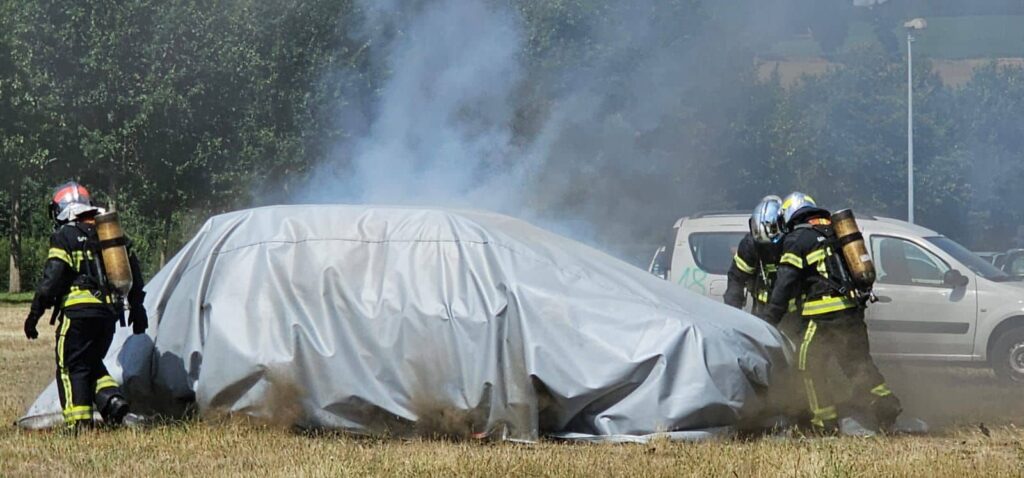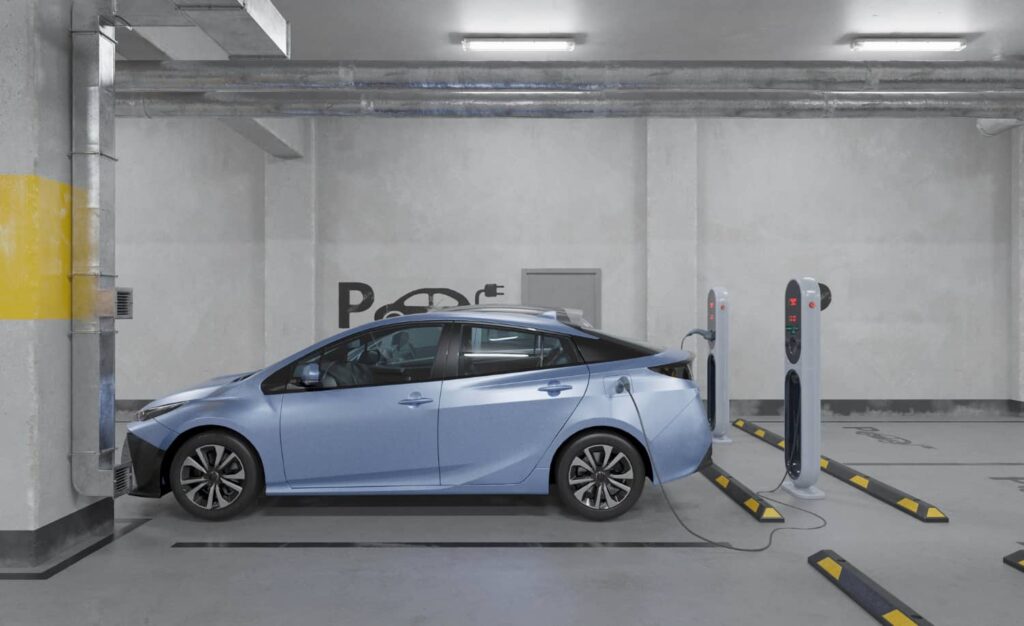Lithium-ion batteries in electric vehicles: preventing and managing fire risks
With more than 40 million electric vehicles (EVs) in circulation worldwide by 2025, lithium-ion batteries have become a key element of the energy transition. But they also raise real fire safety concerns, particularly due to their high combustion potential. So, what are the risks associated with these on-board batteries ? And, more importantly, what solutions exist to control them ?
Why do lithium-ion batteries pose a major fire risk ?
Lithium-ion batteries used in electric vehicles store a large amount of energy in a small volume, making them particularly sensitive to certain triggering factors.
Thermal runaway: the heart of the problem
In the event of shock, overload, or internal failure, a cell can overheat, leading to what is called thermal runaway. This phenomenon can :
- Reach 1000°C in seconds
- Cause the release of toxic and flammable gases
- Cause inflammation of neighboring cells, making the fire self-sustaining
A fire that is extremely difficult to extinguish
Unlike conventional fires, lithium-ion battery fires take a long time to control. Even after they appear to be extinguished, the risk of re-ignition remains present for several hours or even days.
🔥 A study by the European Fire Safety Research Centre (2024) estimates that EV fires last on average 6 to 8 times longer than a conventional combustion engine car fire.
Real risks on the rise in 2025: a societal challenge
In 2024, Europe recorded a 34% increase in fires involving EVs according to the EFFIS (European Fire Information System). These incidents are often publicized because they occur :
- In underground parking lots
- On the public highway, immobilizing traffic
- On fast charging stations

How can we manage these risks effectively ?
Prévention : adapting equipment and infrastructure
Parking lots, businesses, fleets and breakdown services must integrate specific systems, such as :
- Certified fire blankets for EVs (e.g. models that comply with DIN SPEC 91489)
- Rapid response kits for lithium-ion battery fires
- Thermal monitoring solutions to detect any anomalies upstream
🛡️ VLICOVER offers in particular:
- The reusable containment blanket for EVs 👉 find out more
- The VE lithium battery intervention kit 👉 find out more
React effectively in the event of an incident
In the event of a battery fire:
- Do not use a conventional fire extinguisher
- Water thoroughly (up to 10,000 L of water may be needed)
- Isolate the vehicle in a secure, ventilated area for at least 48 hours
Emergency services must be trained in these new practices. Some European cities, such as Hamburg and Paris, are now deploying dedicated units for battery fires.

Evolving regulations
Regulations are gradually being structured around these issues. In addition to the DIN SPEC 91489 standard, several European directives are under discussion for:
- Require parking lots to be equipped with suitable systems
- Require tracking of used or damaged batteries
- Standardize transportation and storage
Regulations are gradually being structured around these issues. In addition to the DIN SPEC 91489 standard, several European directives are under discussion for:
📌 To learn more, also see our article : 👉 Lithium-ion battery regulations: what you need to know in 2025
Conclusion : anticipate to better protect
Electric vehicles are set to become the norm, but their widespread adoption must not come at the expense of safety. To avoid the risk of fire associated with lithium-ion batteries, action is essential at all levels: prevention, equipment, training, and regulations.
At VLICOVER, we support professionals (repair shops, local authorities, parking managers, manufacturers) in this secure transition with certified, concrete and effective solutions.
👉 Contact our team for a personalized audit or a demonstration of our equipment.

